Saddam Hussain
The Role of LLMs in Sustainable Smart Cities: Applications, Challenges, and Future Directions
Feb 07, 2024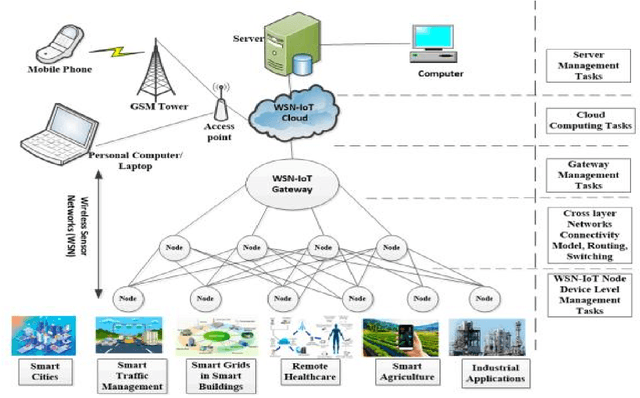
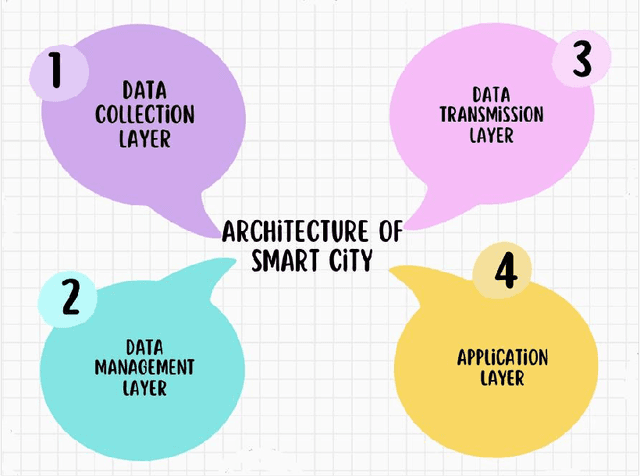
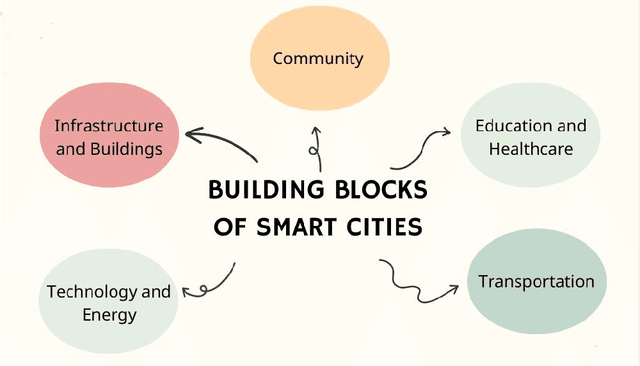
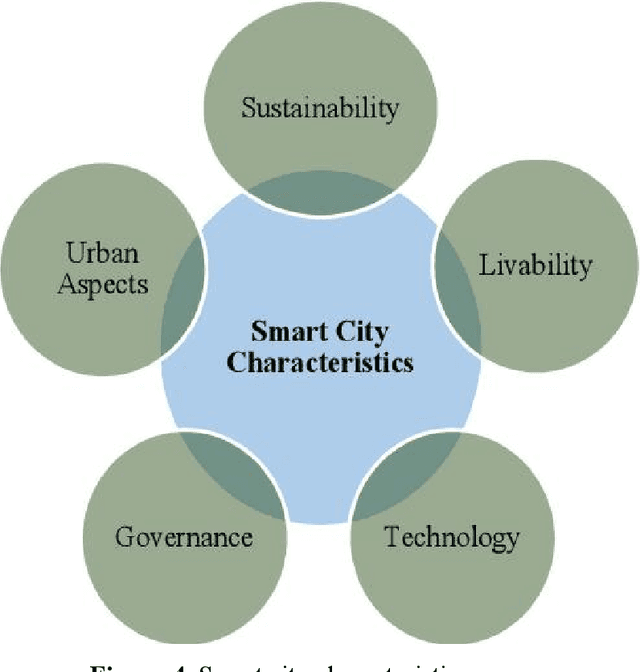
Abstract:Smart cities stand as pivotal components in the ongoing pursuit of elevating urban living standards, facilitating the rapid expansion of urban areas while efficiently managing resources through sustainable and scalable innovations. In this regard, as emerging technologies like Artificial Intelligence (AI), the Internet of Things (IoT), big data analytics, and fog and edge computing have become increasingly prevalent, smart city applications grapple with various challenges, including the potential for unauthorized disclosure of confidential and sensitive data. The seamless integration of emerging technologies has played a vital role in sustaining the dynamic pace of their development. This paper explores the substantial potential and applications of Deep Learning (DL), Federated Learning (FL), IoT, Blockchain, Natural Language Processing (NLP), and large language models (LLMs) in optimizing ICT processes within smart cities. We aim to spotlight the vast potential of these technologies as foundational elements that technically strengthen the realization and advancement of smart cities, underscoring their significance in driving innovation within this transformative urban milieu. Our discourse culminates with an exploration of the formidable challenges that DL, FL, IoT, Blockchain, NLP, and LLMs face within these contexts, and we offer insights into potential future directions.
Segmentation of Glioma Tumors in Brain Using Deep Convolutional Neural Network
Aug 01, 2017

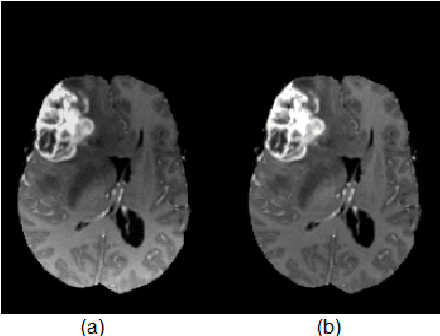
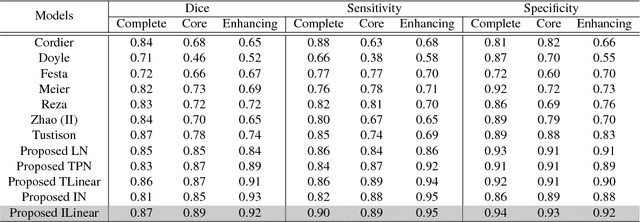
Abstract:Detection of brain tumor using a segmentation based approach is critical in cases, where survival of a subject depends on an accurate and timely clinical diagnosis. Gliomas are the most commonly found tumors having irregular shape and ambiguous boundaries, making them one of the hardest tumors to detect. The automation of brain tumor segmentation remains a challenging problem mainly due to significant variations in its structure. An automated brain tumor segmentation algorithm using deep convolutional neural network (DCNN) is presented in this paper. A patch based approach along with an inception module is used for training the deep network by extracting two co-centric patches of different sizes from the input images. Recent developments in deep neural networks such as drop-out, batch normalization, non-linear activation and inception module are used to build a new ILinear nexus architecture. The module overcomes the over-fitting problem arising due to scarcity of data using drop-out regularizer. Images are normalized and bias field corrected in the pre-processing step and then extracted patches are passed through a DCNN, which assigns an output label to the central pixel of each patch. Morphological operators are used for post-processing to remove small false positives around the edges. A two-phase weighted training method is introduced and evaluated using BRATS 2013 and BRATS 2015 datasets, where it improves the performance parameters of state-of-the-art techniques under similar settings.
* Submitted to Neurocomputing
 Add to Chrome
Add to Chrome Add to Firefox
Add to Firefox Add to Edge
Add to Edge